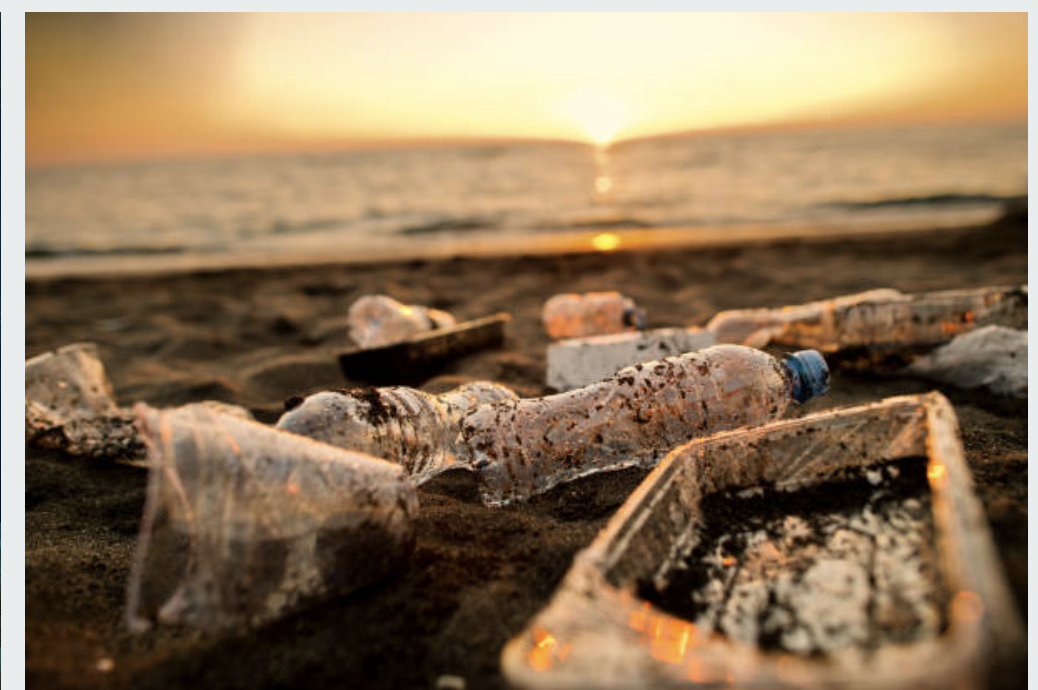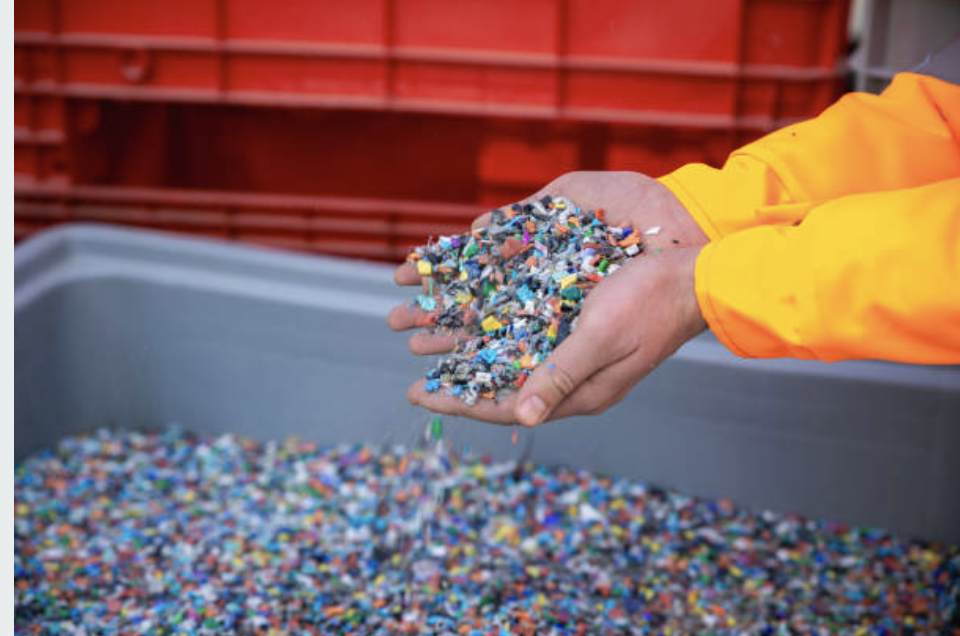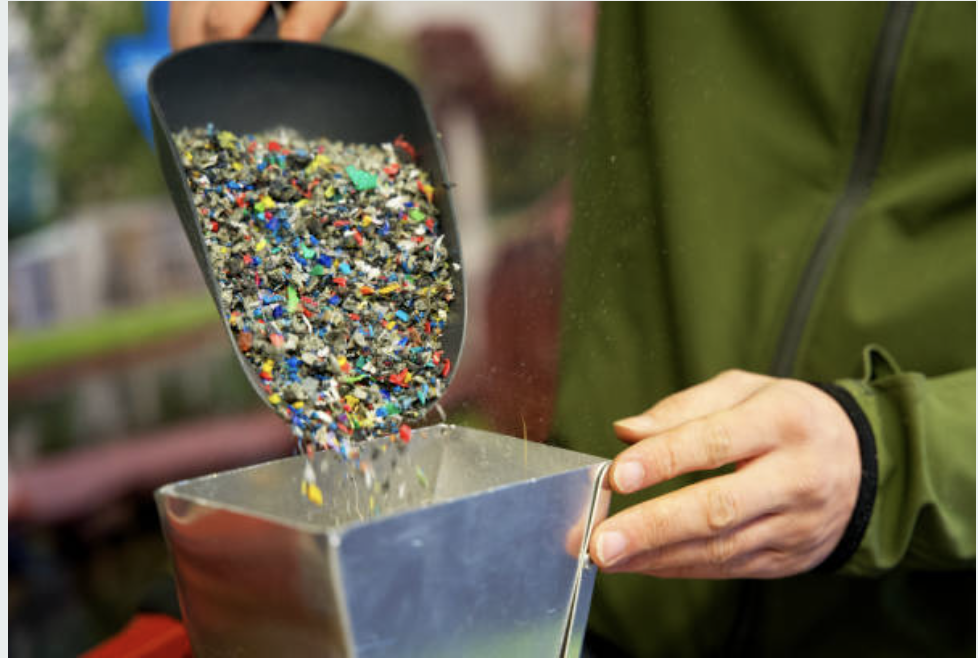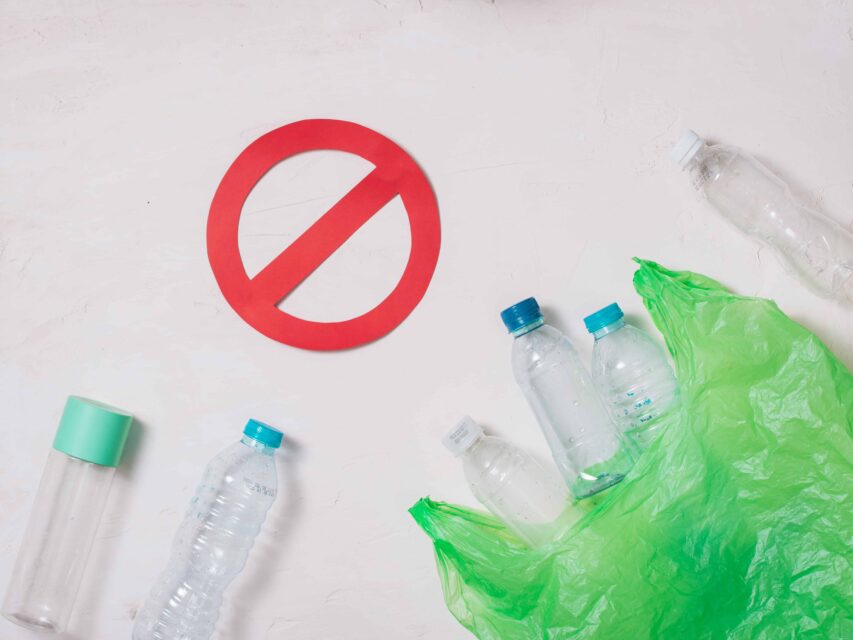“An individual has not started living until he can rise above the narrow confines of his individualistic concerns to the broader concerns of all humanity.”
– Dr. Martin Luther King Jr., “Conquering Self-Centeredness”
This past holiday weekend, my husband and I visited the Denver Zoo to learn about the organization’s conservation efforts and to see Washed Ashore – an art exhibition that was designed to educate visitors about plastic pollution in oceans and waterways.
The Washed Ashore team hosts volunteer community cleanups at beaches all across the United States, at which point the trash is then washed, sorted and prepared for the creation process.
Overall, it seems like the project has made quite a dent in the collection of beach debris. Since launching in 2010, Washed Ashore has cleaned up more than 300 miles of beaches and processed 38,000 pounds of debris, 95% of which was petroleum based. That’s amazing!
However, I wonder: has all of this effort actually changed the behavior of the people who see the artwork? Has it gotten to the root of the problem? My gut tells me probably not.

Our Throwaway Society
Back in August of 1955, Life Magazine published an article entitled, “Throwaway Living.” You may imagine that the article argued the environmental perils of tossing garbage willy nilly, but I can tell you right now it actually used to be a celebratory term.
See, during the Mad Men era, the idea was that “humans had entered a kind of wanton Golden Age, when cleaning up after ourselves was just a waste of time, and tossing more and more of our used-once items into the trash was another sign of modernity’s relentless ascendancy over the drudgery of the past.”
Here’s a great Mad Men example of what I mean. Ouch.
But before you start feeling too superior, let me fill you in on something: While we may be doing better in the grand scheme of things – recycling and composting when we remember to – the average American still generates 4.5 pounds of waste every day, or 220 million tons total each year.
And you know what else? A solid 20-30% or so of that waste could actually be composted.
Our world is hooked on disposables. We manufacture and purchase vast amounts of unrecyclable goods that are designed to fail on us, then we throw them away without a second thought. Many of these are single use plastics that will not decompose for hundreds, if not thousands, of years.

What You Can Do About It
Plastic is a durable material that was designed to last forever, yet 33 percent of it is used once and then discarded without thought. That adds up! Plastic cannot technically biodegrade into something new and useful; rather, it just breaks down into smaller and smaller pieces.
Plastic also leaches toxic chemical substances into the earth and into our groundwater. Tiny creatures consume these microplastics, absorb their toxins, and ultimately end up poisoning our food chain and everything that we eat.
It threatens wildlife. It causes cancer. And it costs billions of dollars to remedy. Basically, it’s the worst. Want to do something about it? Just say no.

Refuse single use plastics whenever and wherever you can.
- When you go to the grocery store, don’t pick up any produce or dry goods wrapped in plastic: carrots, celery, cucumbers, grapes, etc.
- Skip the plastic produce baggies. Even if your grocery store says they recycle them, odds are they’re actually just shipped in bails to China.
- Don’t even think about drinking bottled water – go reusable instead.
- When you go out to eat, ask your server to bring your drink with no plastic straw. You can handle drinking from the cup.
Reduce your plastic footprint by cutting down on goods that contain excessive plastic packaging and parts.
- Buy goods in loose form wherever possible. Avoid purchasing toys, makeup, and home goods packaged in plastic.
- If you have the opportunity to choose between an appliance made from plastic or made from steel or ceramic, choose the latter.
Invest in reusables made from sustainable materials.
- Skip the plastic produce baggies and bring your own reusable cloth bags instead.
- Don’t settle for paper or plastic at the grocery store; bring a reusable tote.
- Keep a Zero Waste “to-go kit” on your person or in your vehicle when you’re out and about. Include a reusable cup, container for leftovers, reusable cutlery and a stainless steel straw.
- Can’t handle drinking without a straw? Keep one with you that’s made of bamboo or stainless steel.
- Always choose glass, paper, stainless steel, wood, bamboo or ceramic material over plastic.
Recycle anything that you can’t refuse, reduce or reuse.
- Get to know your local recycling rules and follow them.
- Pay attention to the full life cycle of items you bring into your life, from sourcing through manufacturing and disposal.
Think you can do it? What’s holding you back?

